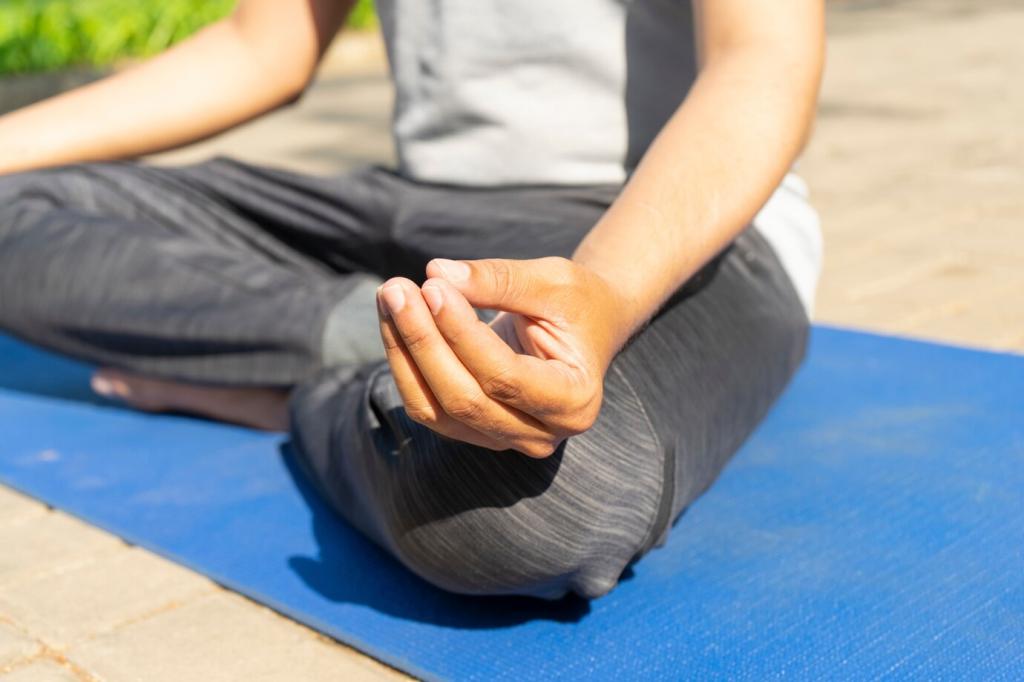Design Your Environment for Restorative Practice
Anchor practice to stable cues: the kettle boiling, stretching after showers, or sunset light. Keep a cushion visible and headphones charged. Rituals reduce decision fatigue and protect momentum. Share a photo of your practice corner, and subscribe for minimalist setup tips arriving Monday.
Design Your Environment for Restorative Practice
Stack a three-minute breath session before PT to calm anticipation, then a two-minute gratitude reflection afterward to reinforce progress. Small wins compound motivation. Tell us which sequence fits your schedule best, and comment with your favorite track or app for focused recovery sessions.











